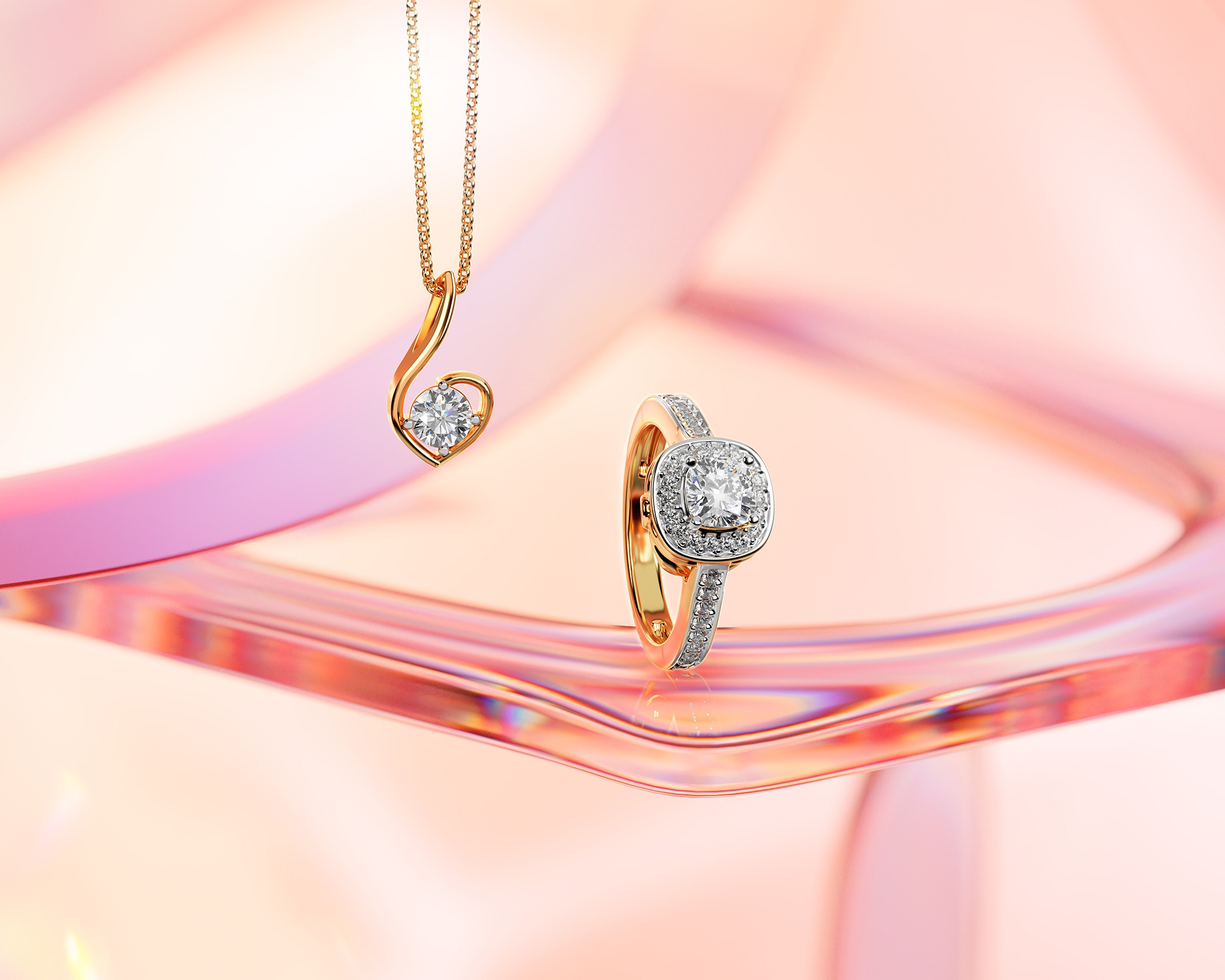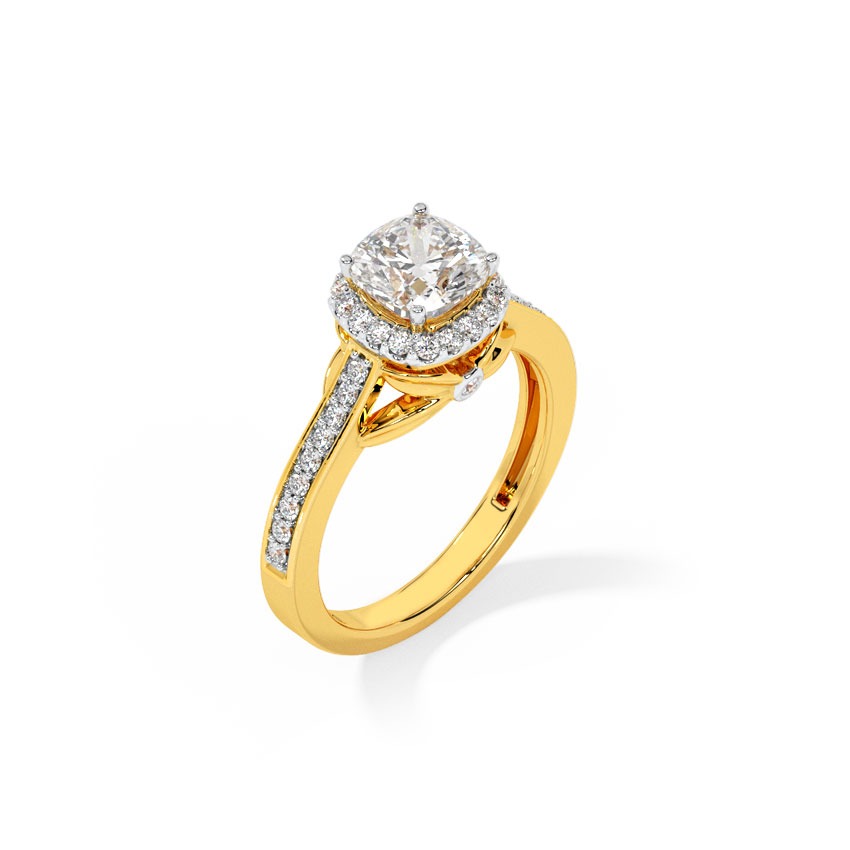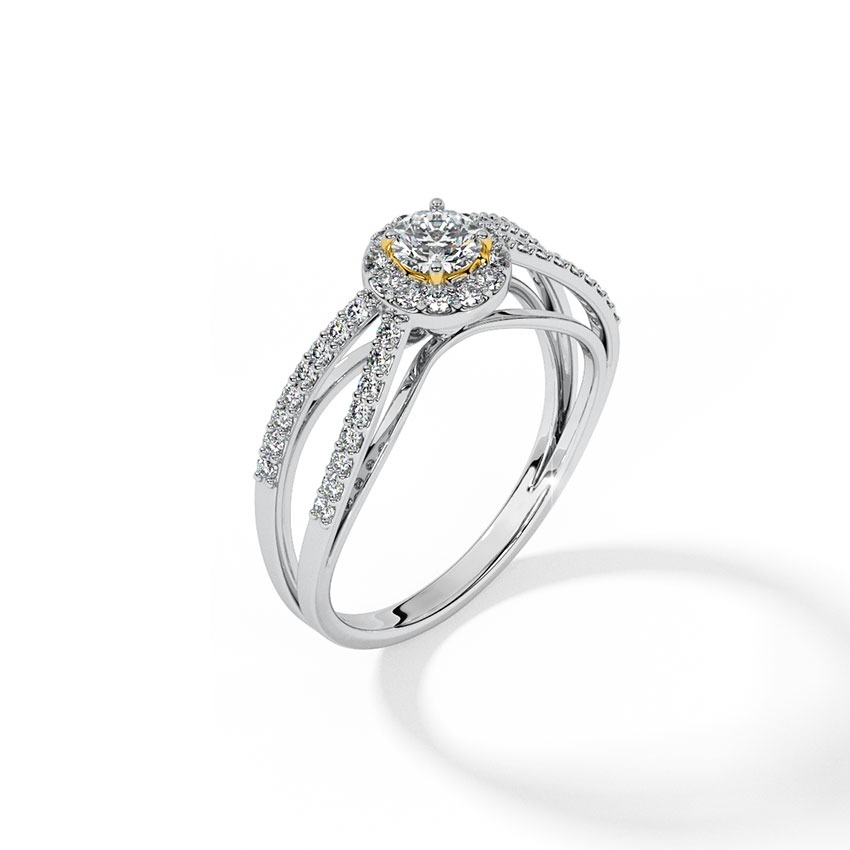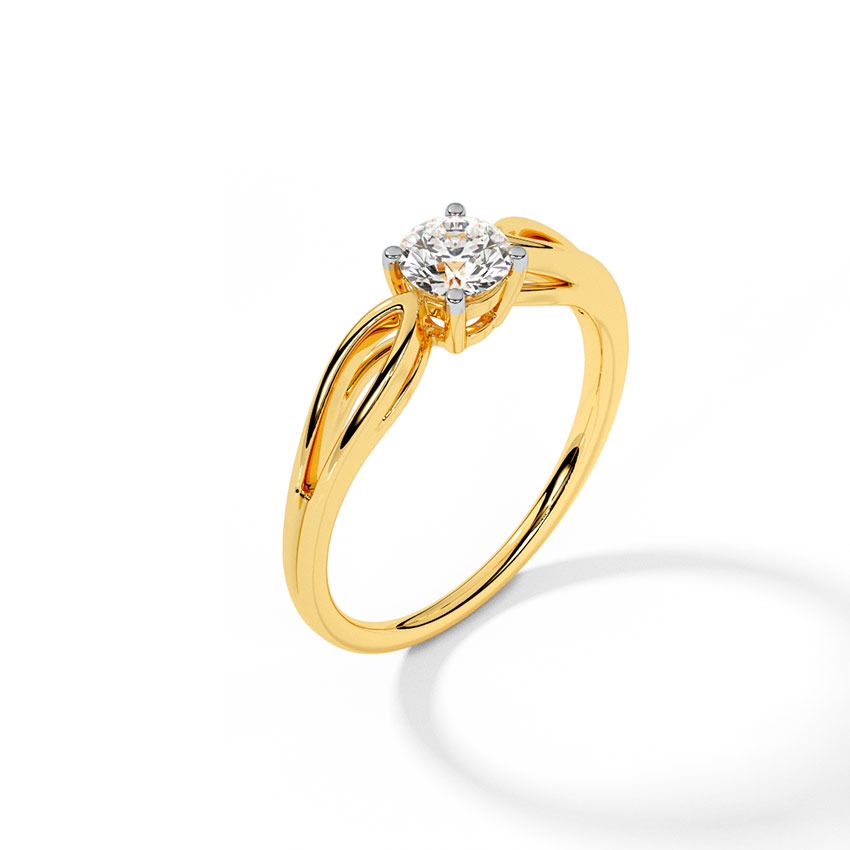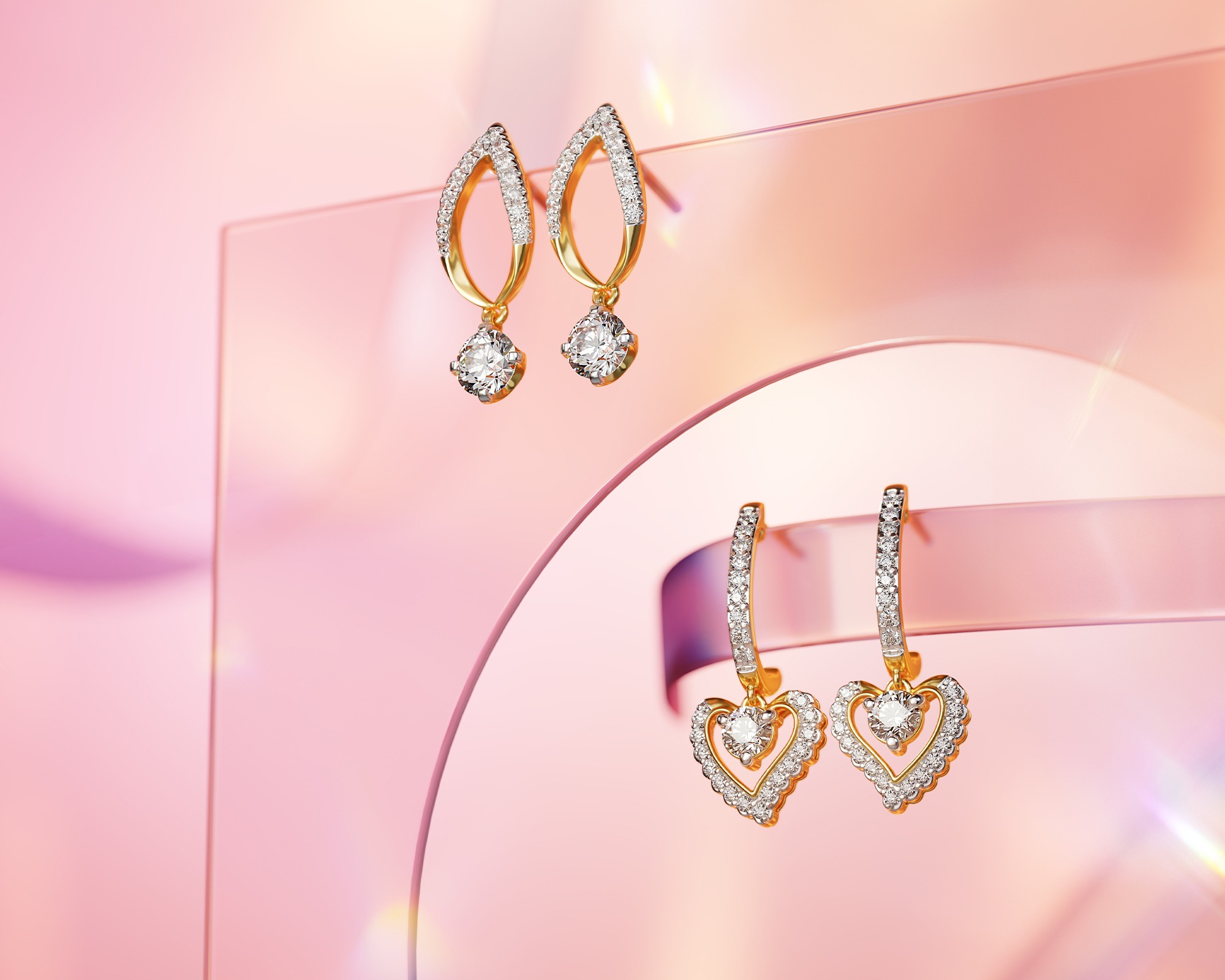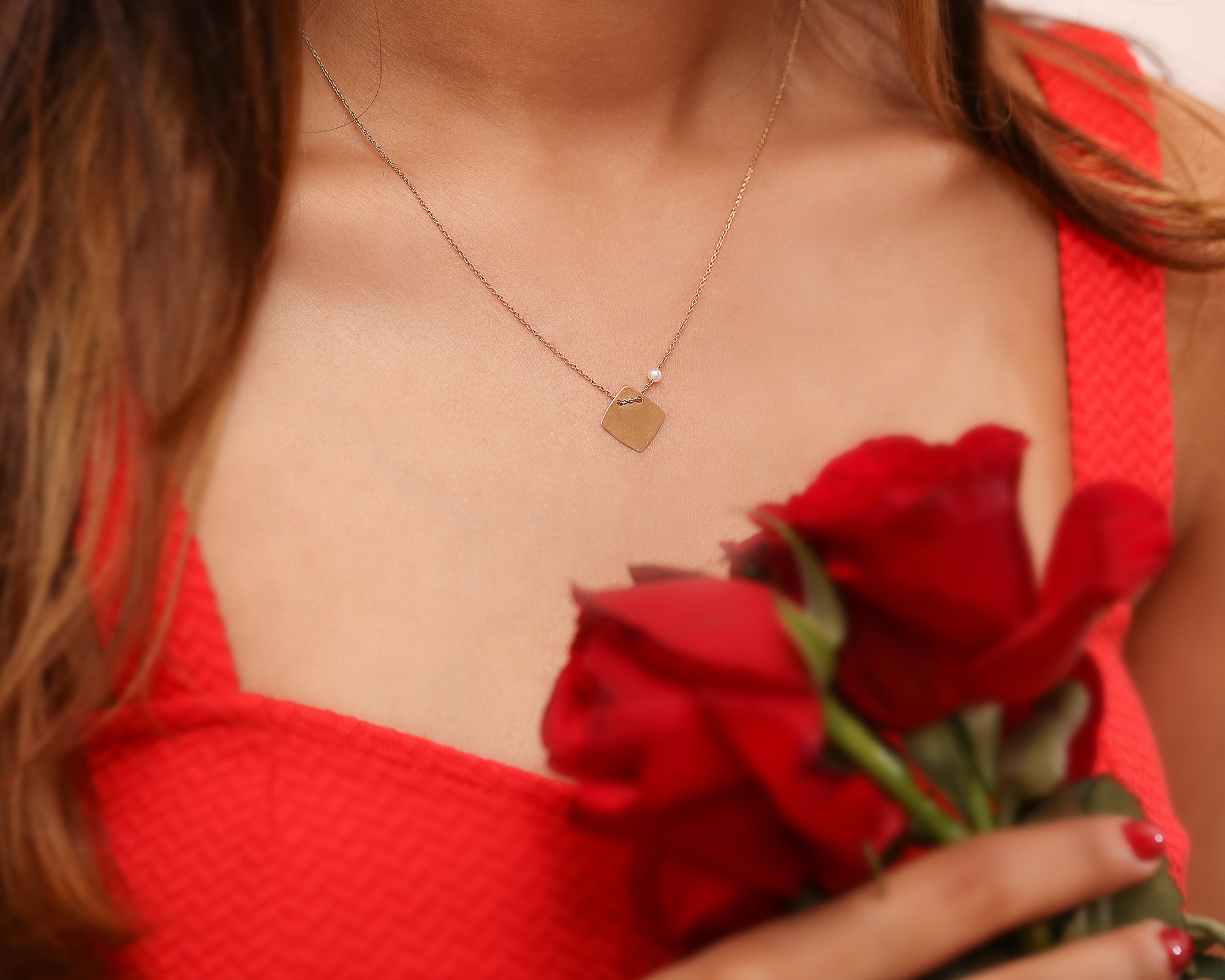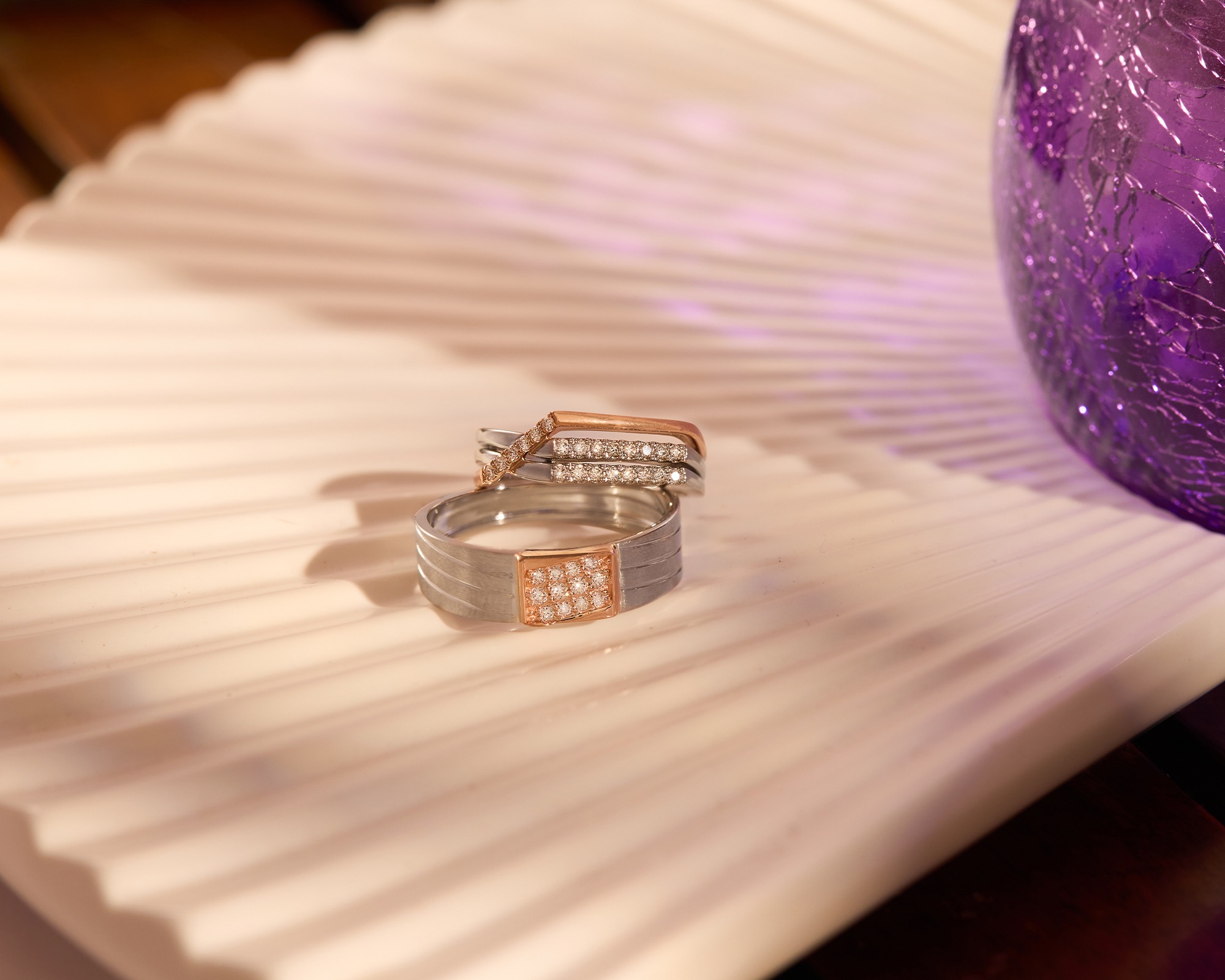Few symbols are as powerful and enduring as the engagement ring when we think of love and commitment. At the heart of this tradition lies the classic solitaire—a single, stunning diamond that has captured hearts for generations. But like love, the solitaire engagement ring has a story of evolution, adapting and changing with the times while never losing its timeless appeal. Let’s walk through the history and future of this romantic symbol.
The Birth of a Tradition
The roots of the solitaire engagement ring run deep. While the ancient Egyptians were exchanging rings as tokens of love thousands of years ago, diamonds didn’t enter the picture until the 15th century. In 1477, Archduke Maximilian of Austria gifted a diamond engagement ring to Mary of Burgundy, setting a trend among European nobility.
The Classic Solitaire Takes Centre Stage
Fast-forward to the early 20th century, and we see the birth of the modern solitaire engagement ring. These early designs were all about showcasing the diamond in its purest form: a single stone, typically round-cut, set high on a simple band of gold or platinum. They were elegantly defined, allowing the diamond to take centre stage and symbolise the singular nature of the couple’s love. The Tess Classic Solitaire Ring is a stellar example of this everlasting symbol.
Marketing Magic and the Diamond Boom
The solitaire’s popularity exploded in the mid-20th century, thanks in no small part to some clever marketing. De Beers’ famous “A Diamond is Forever” campaign, launched in 1947, cemented the diamond’s place as the engagement stone of choice. The solitaire design was perfect for this message – timeless, elegant, and focused entirely on the diamond’s beauty.
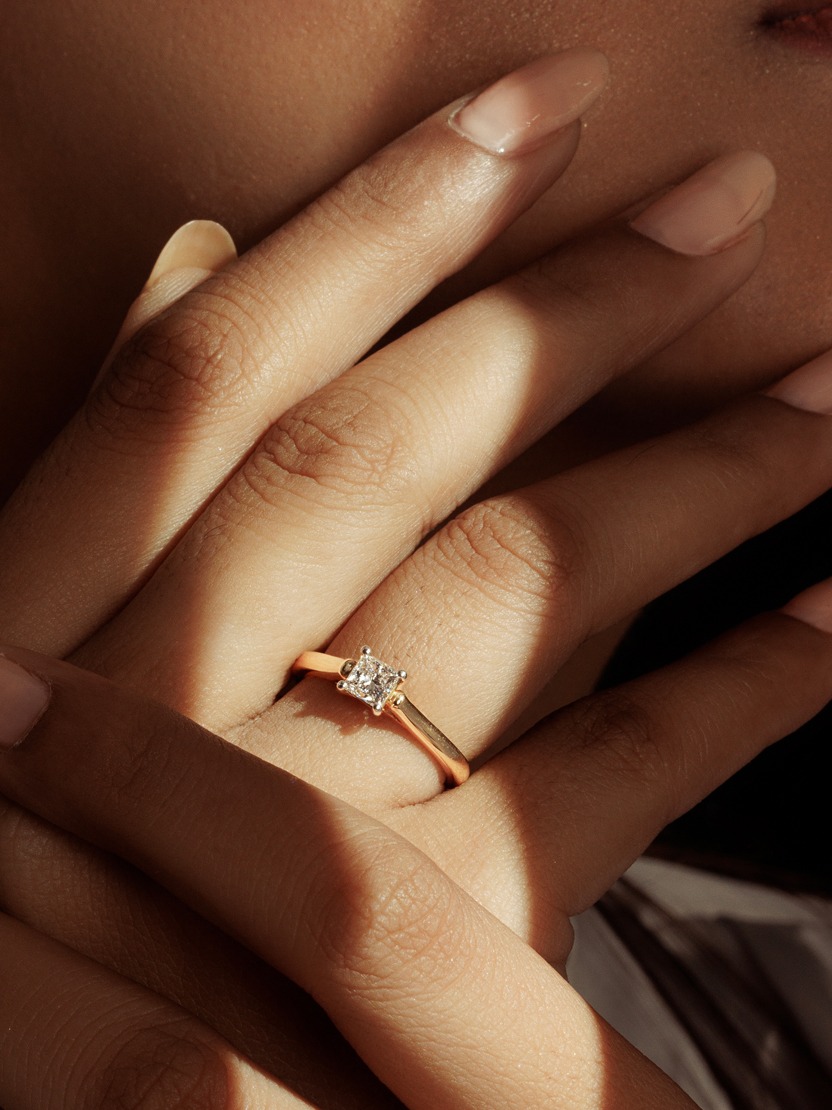
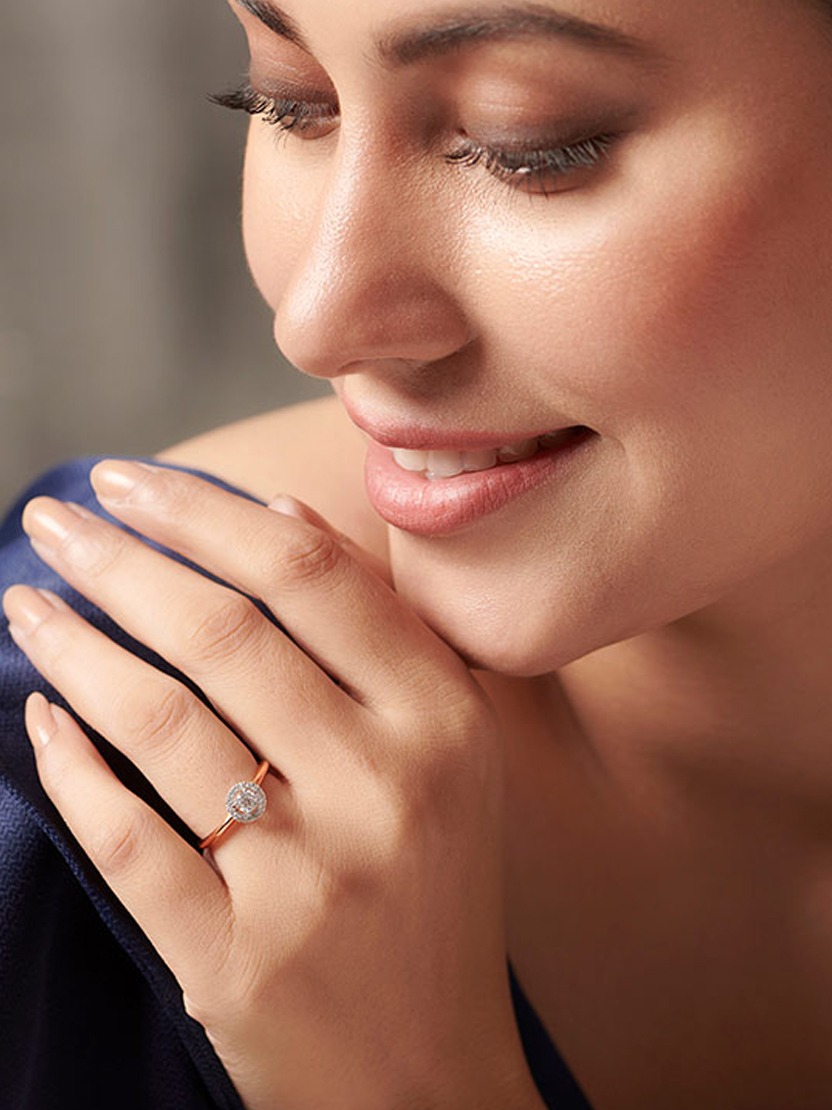
New Cuts and Metals: The Solitaire Evolves
But even classics evolve, and the solitaire was no exception. As diamond-cutting techniques advanced, new shapes emerged. The princess cut, invented in the 1960s, offered a modern, geometric alternative to the traditional round. Emerald, oval, and pear-shaped diamonds gave couples more options to express their style while maintaining the clean lines of the solitaire. Take a look at the Charm Solitaire Ring or the Classic Emerald Solitaire Ring, for they may suit a more modern style.
The metals used in solitaire rings have also seen some exciting changes. While yellow gold was the traditional choice for decades, white gold and platinum gained popularity for their sleek, modern look. In recent years, we’ve seen a resurgence of rose gold, adding a warm, romantic touch to solitaire designs. Designs like the Resplendent Solitaire Ringin white gold and the Adara Solitaire Ring in rose gold are brilliant metal variations worth exploring.
Contemporary Trends: Minimalism and Alternative Gems
Today’s solitaire engagement rings are a beautiful blend of tradition and innovation. Minimalist designs have become increasingly popular, with ultra-thin bands that make the centre stone appear to float on the finger. It’s a look that’s both modern and timeless – perfect for the contemporary bride who appreciates simplicity.
But who says a solitaire has to be a diamond? Alternative gemstones are having a major moment. Sapphires, morganites, and even salt-and-pepper diamonds offer couples unique ways to personalise their rings while maintaining that classic solitaire silhouette. If you must have a few diamonds in the ring and want a Sapphire for a centrepiece, you have the Princess Sapphire Diamond Ring. On the other hand, you can still have the diamond but set in a unique style, as in the Supreme Solitaire Ring.
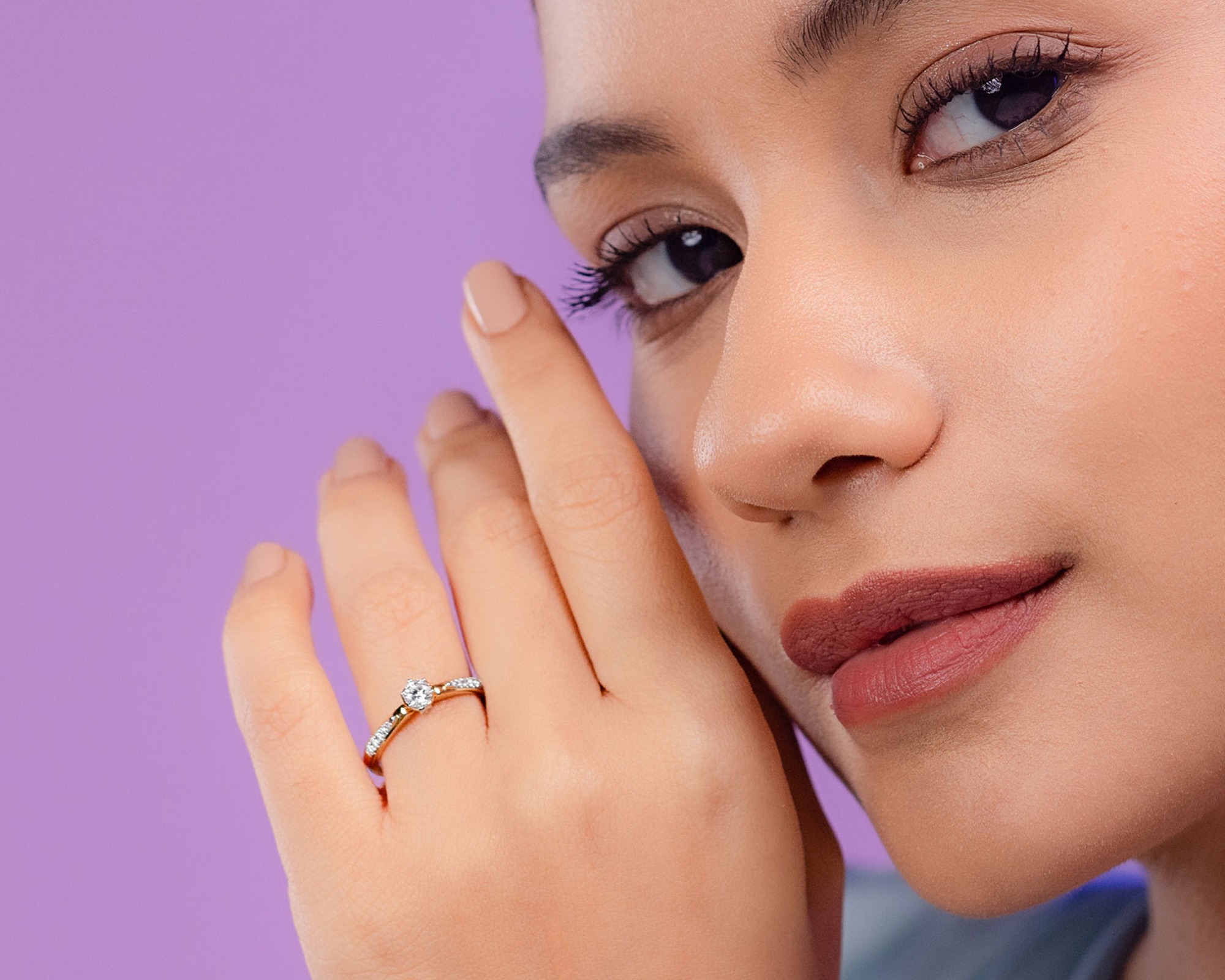
The Age of Personalisation
Speaking of personalisation, creating a truly one-of-a-kind solitaire ring is easier than ever. Computer-aided design (CAD) technology allows jewellers to work with couples to design custom settings and bands. Want a twist in the band, like in the Tia Twine Solitaire Ring? Or a clever way to incorporate your initials? The possibilities are endless! Engravable designs like the Ben Solitaire Ring For Men with similar counterparts for women will be ideal for engagements.
The Future of Solitaire: Innovation Meets Tradition
Looking to the future, we’re seeing some exciting innovations in the world of solitaire engagement rings that carry a video message of love and promise. Rings from the Postcards collection combine tradition and technology while holding the sentiment forever, showing how this classic design continues to inspire creativity.
However, the most significant trend is the way couples approach the engagement ring tradition itself. There’s a growing emphasis on choosing rings that reflect the wearer’s personal style and values rather than adhering to societal expectations. This might mean opting for a smaller, ethically sourced diamond, choosing a colourful gemstone, or even forgoing the ring altogether in favour of another symbol of commitment.
A Brilliant Future
Despite all these changes, the solitaire engagement ring remains as popular as ever. Why? Because at its core, the solitaire represents something timeless – a single, brilliant stone symbolising a unique and precious love. Whether it’s a classic round diamond on a simple band or a vibrant sapphire in an intricate setting, the solitaire continues to capture the imagination and hearts of couples embarking on their journey together.
As we look to the future, one thing is clear: the solitaire engagement ring will continue to evolve, reflecting changing tastes, technologies, and values. But its essence – a beautiful testament to love and commitment – will remain forever brilliant.
At CaratLane, we’re committed to helping you find that perfect ring, whether you’re dreaming of a classic diamond solitaire or something a little more unconventional. With our diverse collection and expert craftsmanship, your ideal solitaire is out there, just waiting to shine and be part of your beautiful, ever-evolving tradition.
You’d enjoy reading:
Solitaire Diamond Rings: Symbolism and Significance in Different Cultures

